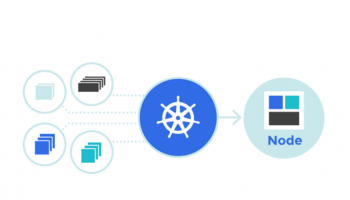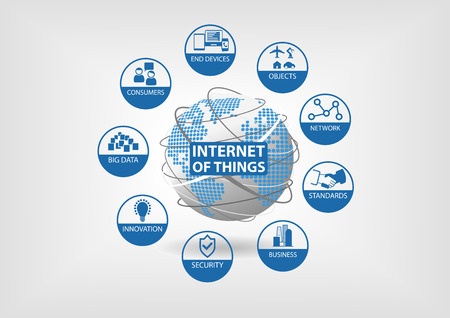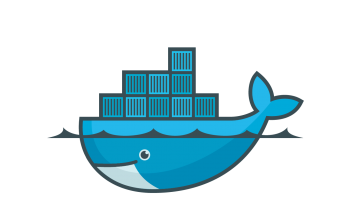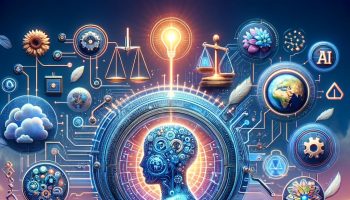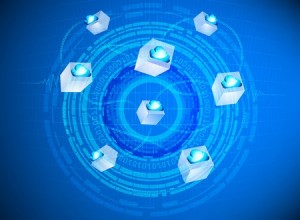 Blockchain can be viewed as a distributed decentralized database that holds transaction of every entity that is transacted through the network. Blockchain technology manifested from bitcoin, a type of digital currency, created and held globally without any central authority or middleman. Bitcoin uses cryptography to control its creation and transactions and a public ledger called the “block chain” that I discussed earlier. The block chain technology is now being adopted in non-financial industries like Supply chain, IoT, Digital Identify and many more.
Blockchain can be viewed as a distributed decentralized database that holds transaction of every entity that is transacted through the network. Blockchain technology manifested from bitcoin, a type of digital currency, created and held globally without any central authority or middleman. Bitcoin uses cryptography to control its creation and transactions and a public ledger called the “block chain” that I discussed earlier. The block chain technology is now being adopted in non-financial industries like Supply chain, IoT, Digital Identify and many more.
Applying Block chain technology to IoT can lead to many innovations and solve the problem around trust and compliance in a connected world. In a connected world, you would a wide variety of devices that needs to be connected to get some work done. Many of these can be first time interactions, for instance a home automation device like a security alarm, would need to integrate with various devices from different manufacturers which needs to send the right context to raise an alarm to a security device. The fundamental question arises should the devices be allowed to connect and communicate with each other?
There are lots of challenges around authenticity in this simple use case and everything in the end boils down to trust between the devices and who maintains the trust. For instance – can other devices be allowed to connect to my security device, what kind of operations can be performed on the security device, is this an authentic device being connected to my home system, is there a way to get the lifecycle and complete journey of the device from manufacturing plants to my home? These are some valid questions, which arise when you have a myriad of devices that needs to connect and communicate in an autonomous way.
And to solve a part of this problem around trust and authenticity, you need an entity (basically set of entities), which can track the entire lifecycle of the devices and probably a set of contracts, which can help devices to connect to each other in a secured way, and carryout authentic operations. That’s where Blockchain technology comes into play, to solve the most critical puzzle in a connected world. I view Blockchain as an enabler along with various technologies that can solve the problem around trust, security, connectivity and operability contracts.
IoT is huge ecosystem play, we would have thousands of manufactures that would manufacture billions and trillions of connected devices, multiple platforms, multiple connectivity options and definitely many Blockchain registries spanning across geographies to track the complete lifecycle of the device. The real challenge is not around the technology, but a mutual acceptance from the entire IoT ecosystem, its usage and government initiatives on setting up regional Blockchain registry. Once employed, it can also aid in other use cases like security and compliance, for instance ensuring devices, which are not allowed to cross-geographical boundaries.
The above extract is part of the 4 edition of my book – Enterprise IoT. The 4th edition is planned to be released by end of July.

